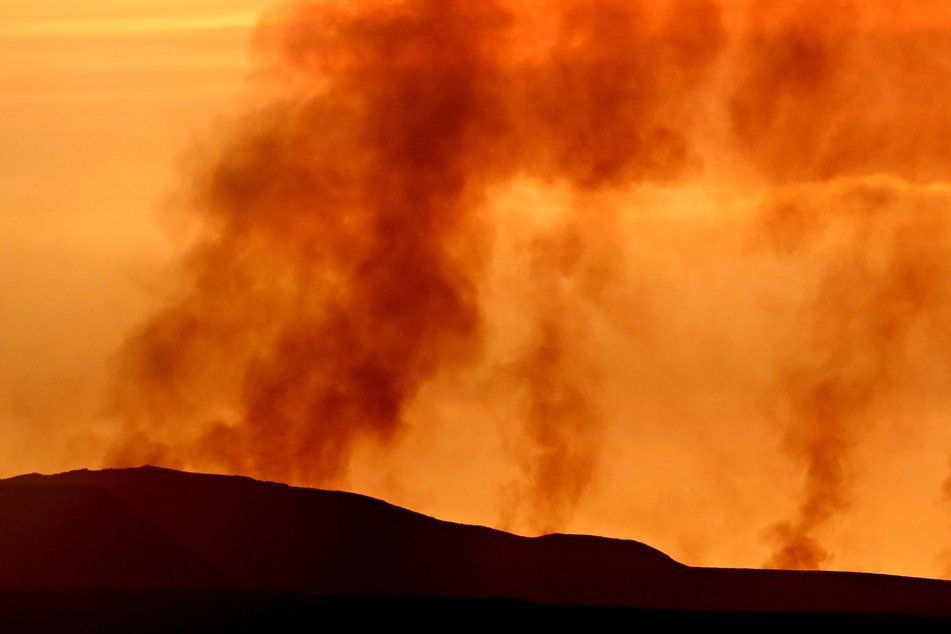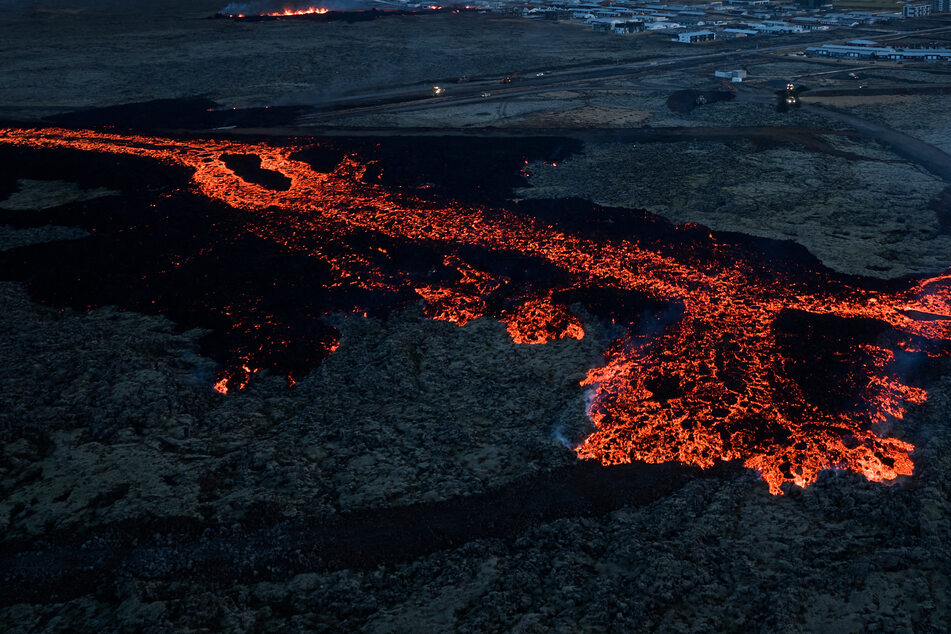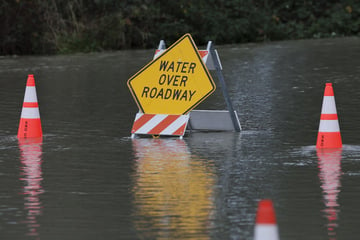Volcanic eruption threatens Icelandic village as houses are engulfed
Reykjavik, Iceland - Houses caught fire after a new volcanic eruption sent smoke and lava spewing out near the Icelandic fishing port of Grindavik Sunday, just hours after villagers were evacuated to safety, authorities said.

It was the North Atlantic nation's fifth volcanic eruption in under three years. The most recent occurred just weeks ago, on December 18, in the same region, southwest of the capital, Reykjavik.
At least two houses were seen engulfed in fire on live images broadcast by public television RUV.
The blaze then spread from one home to another.
"In a little village like this one, we're like a family, we all know each other as family – it's tragic seeing this," local resident Sveinn Ari Gudjonsson told AFP.
"It's unreal, it's like watching a film," added the 55-year-old, who works in the fishing industry.
The first eruption began at 8:00 AM local time (3:00 AM EST) on Sunday when a crack opened in the ground nearly 500 yards from the town. A second crack then opened around midday on the edge of town, with that lava engulfing the homes. Jets of glowing orange lava flowed out, and a huge smoke cloud rose against the dark sky.
Iceland's President Gudni Johannesson was to address the nation at 8:00 pm, RUV said.
"No lives are in danger," he wrote on X, formerly Twitter, but "infrastructure may be under threat," he wrote, adding that airline flights had not been affected.
Most of the 4,000-strong population of Grindavik had been evacuated as a precaution on November 11 after scientists said a tunnel of magma was shifting beneath them. A series of small earthquakes – sometimes hundreds per day – created large cracks in roads, homes, and buildings.
Shortly after the December 18 eruption, residents were allowed to return for brief periods. They were authorized to regain their homes permanently on December 23 but only a few dozen chose to do so.
Evacuation was ordered prior to volcanic eruption

Late on Saturday, authorities ordered an emergency evacuation to be completed by Monday due to growing seismic activity and its impact on the large cracks already present in the town.
On Wednesday, a 51-year-old Icelandic workman who was repairing a crack in a residential garden disappeared when the ground suddenly gave way beneath him. He fell more than 95 feet. The intensive search to find him was called off on Friday because the area was too dangerous.
Authorities accelerated the evacuation order overnight when seismic activity intensified.
Officials are keeping a close eye on the nearby Svartsengi geothermal plant, which provides electricity and water to the 30,000 residents of the Reykjanes peninsula.
Workmen have been building a wall to protect the facility since November.
Until March 2021, the Reykjanes peninsula had not experienced an eruption for eight centuries. Fresh eruptions occurred in August 2022 and July and December 2023, leading volcanologists to say it was probably the start of a new era of activity in the region.
Four days after the December 18 eruption, authorities said volcanic activity had stopped, but they could not declare the eruption over because there was still a possibility of underground lava flow.
Iceland is home to 33 active volcano systems, the highest number in Europe.
It straddles the Mid-Atlantic Ridge, a crack in the ocean floor separating the Eurasian and North American tectonic plates.
Cover photo: Sergei GAPON / AFP
